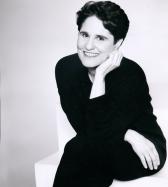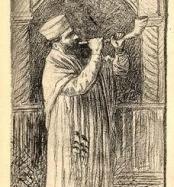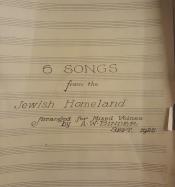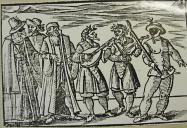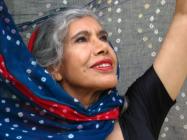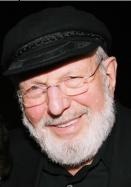(190 results found)
Four Melodies for Four Questions
… relate to modernity and to the gradual musicalization and rhythmization of Jewish rituals. In fact, the medieval … of national liberation beyond religious connotations. His rhythmical tune for the Four Questions, although inspired by …
Debbie Friedman’s Shema’ Koleinu: An ancient prayer in a new musical garment
… eighth of the strong beat, perhaps hinting at the flexible rhythm characteristic of the traditional Ashkenazi prayer. …
A centerpiece of the High Holydays liturgy: Shofet Kol Ha'aretz in Moroccan and Yemenite versions
… there are no bar lines, attesting for the flexible rhythm and lack of fixed beat of this melody, a feature kept … The players improvise by following the singer in his rhythmically flexible cantorial melodic movements. A …
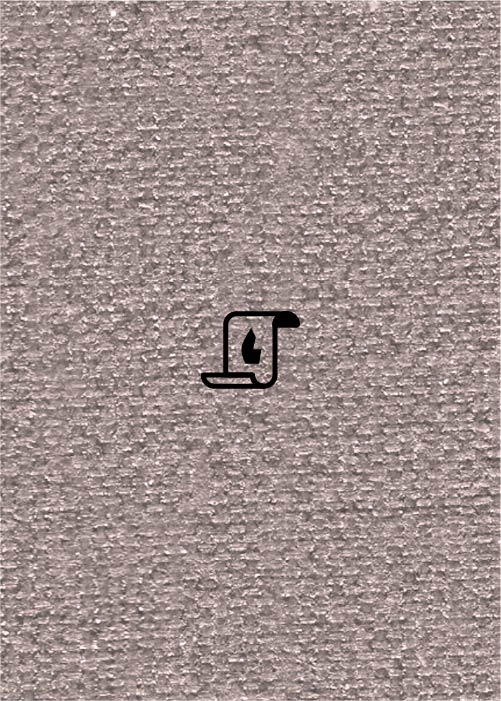
Eastern Ashkenazi Biblical Cantillation: An Interpretive Musical Analysis
… of modes that I propose here. Rosowsky (1957) explores rhythmic aspects of cantillation, focusing on one of the modes; the rhythmic theory is detailed and precise but it does not … 517). Jacobson and Cohen also include a further level of rhythmic differentiation; Jacobson uses eighths, quarters, …
Na’aleh L’artzeinu – A Simple Melody with an Intricate Story
… first measure (and for the following measures with the same rhythm) is divided into eight individual sixteenth notes … a recording by the Klezmatics in 1990 on their album “Rhythm and Jews.” At once providing the listener a feeling …
Haint Iz Purim, Brider, Part II
… to sing the last stanzas of this piyyut with a variety of rhythmic melodies, a tradition that was maintained in the …
Yonatan Malin
… and Jewish liturgical music. His book Songs in Motion: Rhythm and Meter in the German Lied was published in 2010 by …
Qad Zawajunī - Here I Was Wed
… structure of two phrases which alternate in an ABAB form. Rhythmically, the song is in duple meter and it mostly has simple and symmetrical rhythmic structures, which include quarter notes, pairs of …

Hatikvah: Conceptions, Receptions and Reflections
… shnot alpayim’ in order to better adjust the text to the rhythmic pattern of the melody. Another source credits …
Karev Yom
… first stanza, not to the last one (‘Karev yom’) and it is a rhythmical rendition of the traditional Ashkenazi nussah for … a non-Hassidic Ashkenazi tradition that frowns upon rhythmic melodies of the kind of the “common” ‘Karev yom’? …



